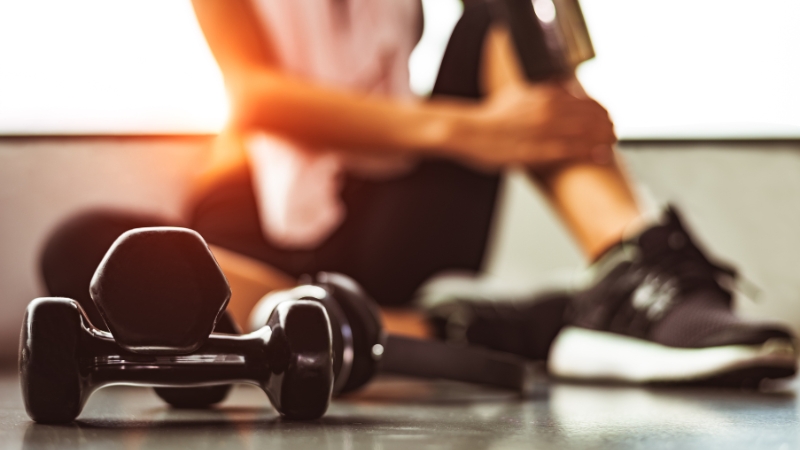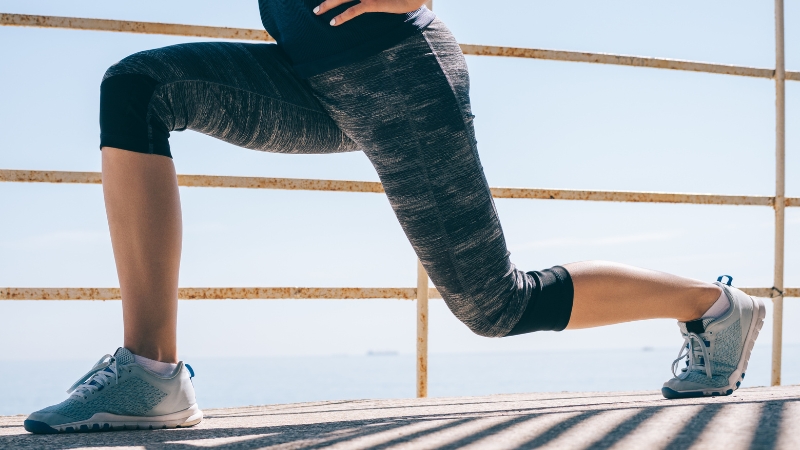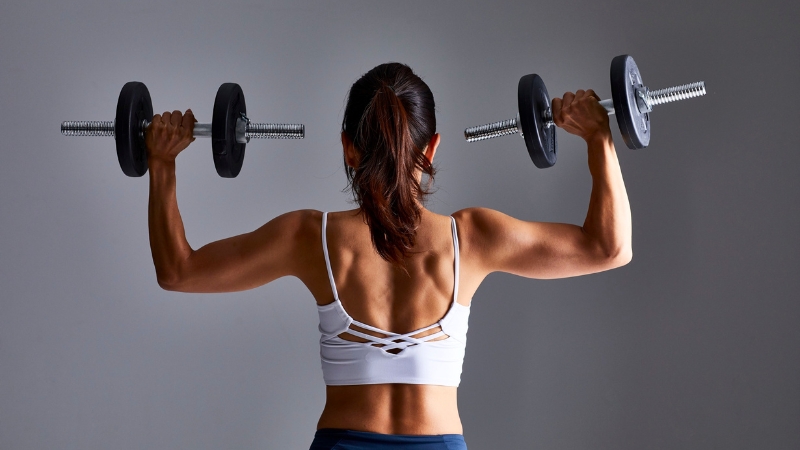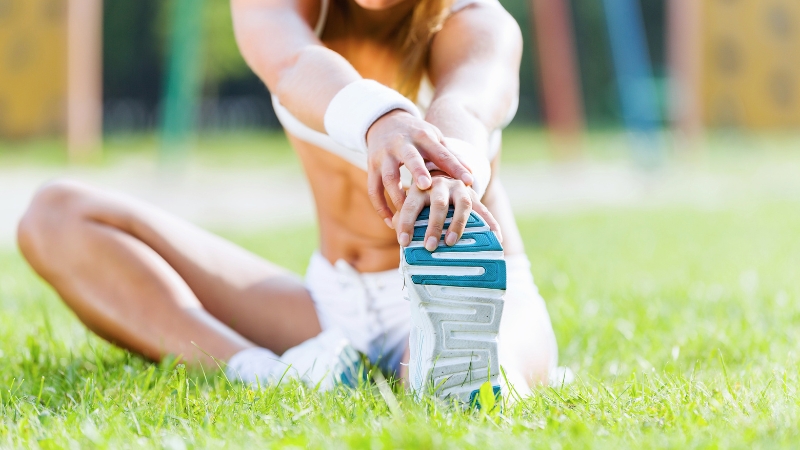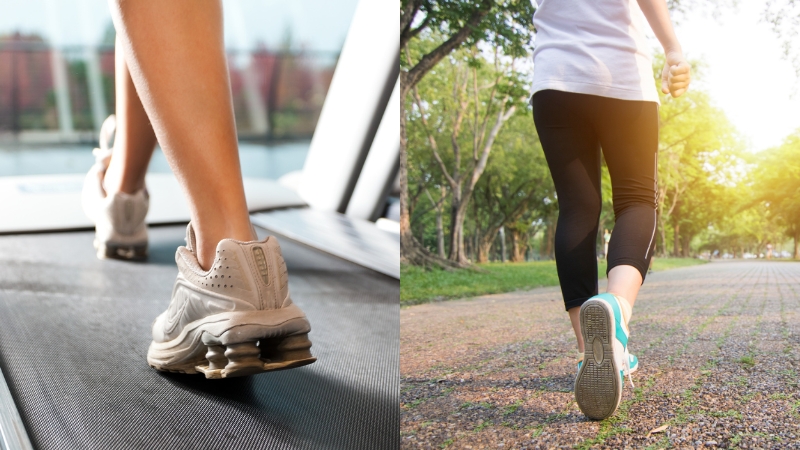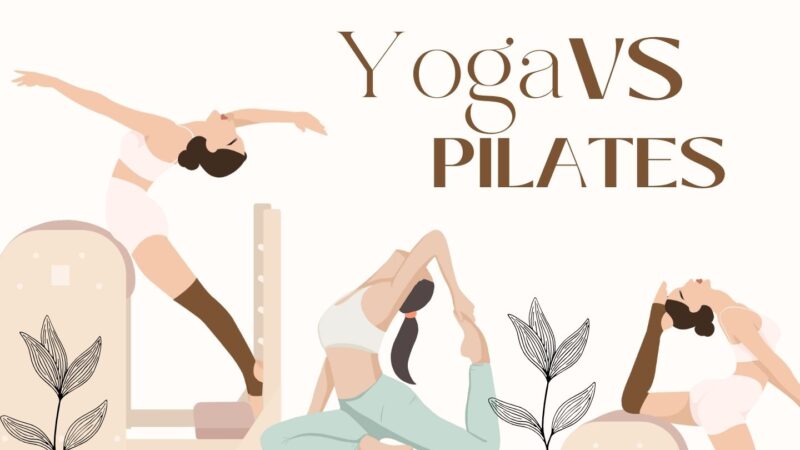
Share Post:
Pilates and yoga continue to dominate the fitness world, each drawing millions of enthusiasts worldwide. Both disciplines are celebrated for promoting strength, flexibility, and mindfulness.
They’ve become staples in gyms, studios, and home workouts. While they share several benefits, one isn’t necessarily superior to the other.
Table of Contents
ToggleOrigins and Philosophy Behind these Two
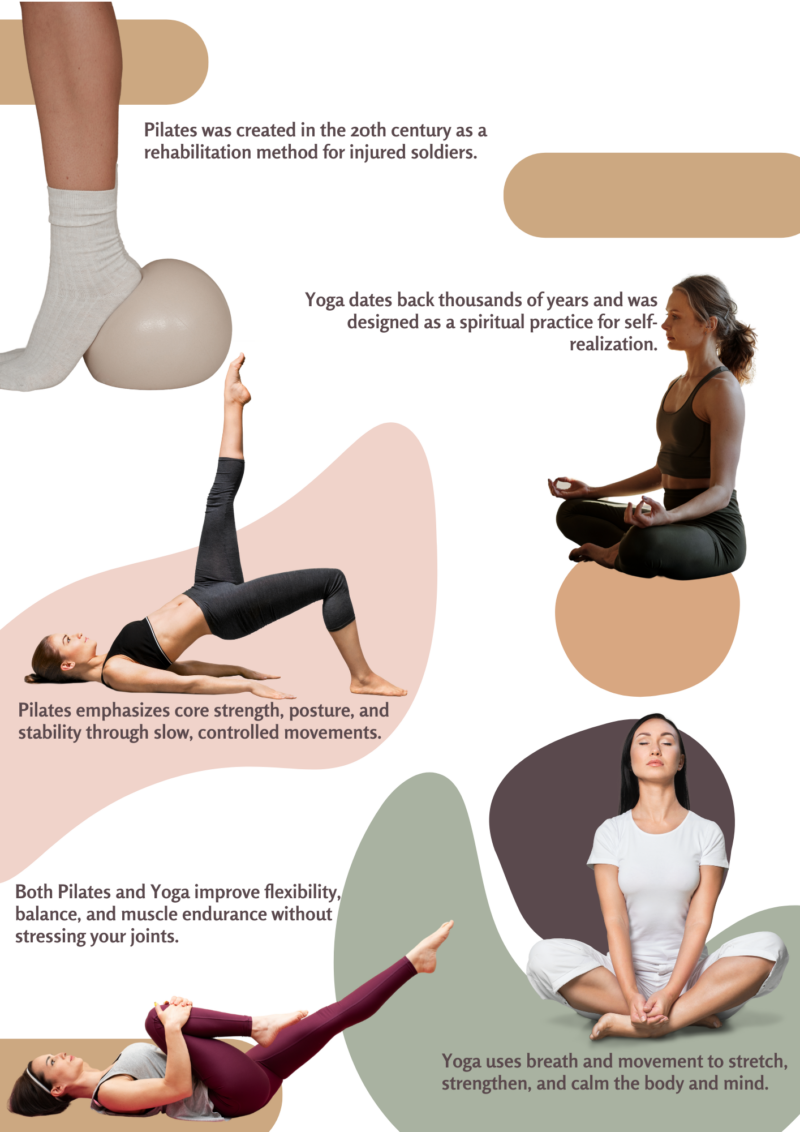
First, let us touch upon the philosophy behind these two.
Pilates
Pilates emerged in the early 20th century through the work of Joseph Pilates, a German physical trainer who combined elements of calisthenics, yoga, and martial arts.
His method was originally crafted during World War I to help bedridden patients maintain muscle strength and mobility.
He later refined it in New York, working with dancers and athletes. At its core, the system was designed to improve physical rehabilitation through precise control of the body.
Over time, it transformed into a discipline practiced worldwide for strength, control, and postural improvement.
Key elements of Pilates philosophy include:
- Control: Every movement is done with full mental focus and intention
- Concentration: Mental presence is required during physical activity
- Centering: Focus on the core, often referred to as the “powerhouse”
- Precision: Movements are performed with accuracy, not speed
- Breath: Coordinated breathing guides and supports each movement
- Flow: Exercises transition smoothly to encourage graceful movement
Yoga
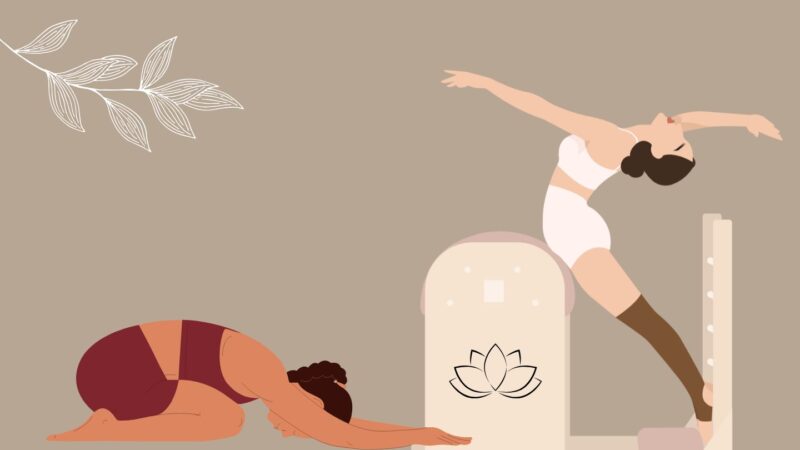
It was never created as a physical fitness regime but as a spiritual path aimed at achieving enlightenment, self-realization, and balance between:
- Mind
- Body
- Energy
Ancient yogis saw the physical body as a vehicle for spiritual growth.
Postures (asanas) were just one small part of a broader practice that included ethical principles, breath control (pranayama), meditation, and self-study.
Essential concepts behind yoga include:
- Union: Seeks to unite body, mind, and spirit through mindful practice
- Discipline: Encourages a consistent approach to life and self-care
- Awareness: Fosters conscious living through observation of thought and breath
- Stillness: Promotes inner silence through meditation and breath focus
- Balance: Aims to harmonize energy in the body and mind
Core Focus and Techniques
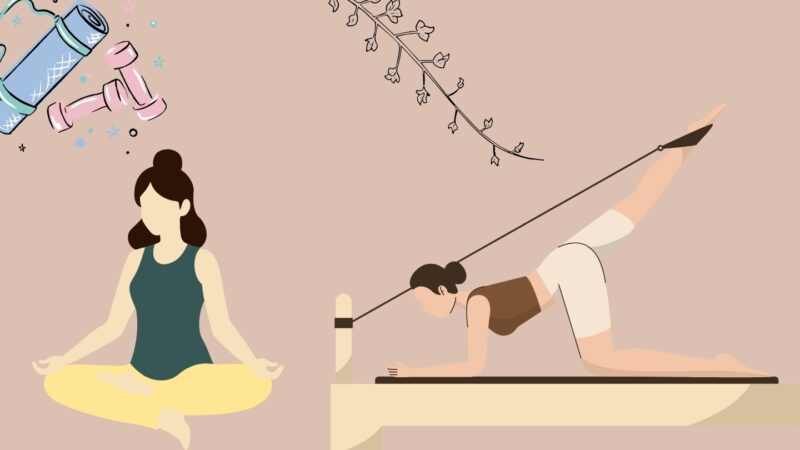
Now that we know the background, let us talk about the core focus and the main techniques.
Pilates
Every movement demands:
- Precision
- Stability
- Control
Sessions typically involve deliberate, low-impact exercises that isolate specific muscle groups without placing stress on joints.
Movements are small, slow, and highly focused, demanding attention to alignment and breathing throughout.
Pilates comes in two primary forms: mat-based and reformer-based. Mat Pilates requires no special equipment and uses body weight for resistance.
Reformer Pilates involves a machine that adds spring-loaded resistance, guiding the body through structured movement with greater intensity and support.
Here’s what Pilates typically focuses on:
- Core stabilization: Emphasis on transverse abdominis, obliques, and lower back muscles
- Alignment and posture: Maintaining neutral spine and proper shoulder positioning
- Controlled breathing: Coordinating breath with movement to activate muscles more efficiently
- Muscle precision: Repetitive and structured movements targeting specific areas
- Equipment use: Optional reformers, magic circles, and resistance bands for progression
Focus remains on muscular endurance and injury prevention. Sequences are methodical, allowing each movement to flow into the next.
Yoga
Yoga embraces flexibility across the entire body, using fluid or held postures to stretch and engage multiple muscle groups.
Breath control, known as pranayama, connects movement to awareness and helps sustain endurance through longer sessions.
Yoga styles vary greatly, each with its own rhythm and intent.
Key yoga styles include:
- Hatha: Foundational postures performed at a slower pace to focus on alignment
- Vinyasa: Flowing sequences that link breath with movement in a continuous rhythm
- Ashtanga: Structured and physically intense with set sequences
- Yin: Slow-paced poses held for several minutes to access deeper connective tissue
- Restorative: Gentle movements with support props to relax the body and nervous system
Breath awareness threads through every style, guiding transitions and building presence. Meditation often bookends a session, fostering mental stillness and calm.
Some classes demand physical stamina, while others encourage rest and introspection. Versatility allows yoga to support both high-energy days and periods of reflection or recovery.
Physical and Mental Health Benefits
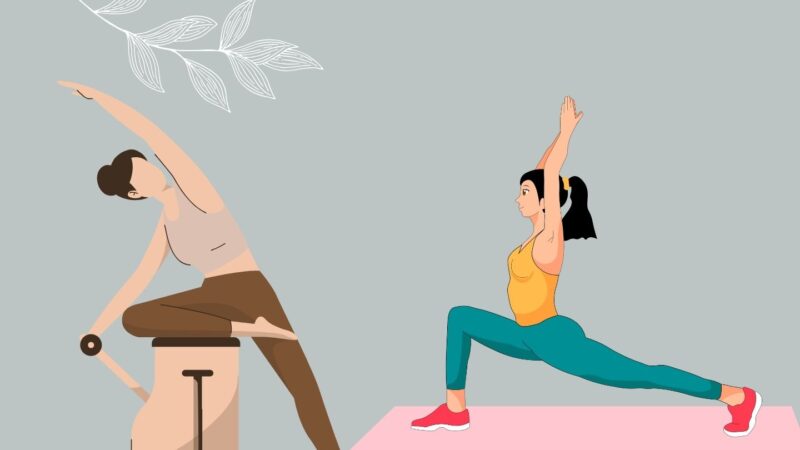
Many people are drawn to these practices for their ability to increase flexibility, enhance balance, boost mobility, and build muscular strength.
The movements are low-impact and gentle on joints, making both options accessible for beginners, older adults, or anyone recovering from physical strain. Breathwork and mindful engagement in each session also create space for emotional release and mental calm.
Both disciplines contribute to wellness in slightly different ways. Highlighted below are key shared benefits:
- Improved flexibility and range of motion
- Increased muscle strength and endurance
- Better balance and coordination
- Enhanced mobility through controlled, fluid movement
- Stress relief through breathing techniques and focus
- Low-impact approach ideal for joint health and recovery
Yoga
Yoga offers additional support in mental and emotional wellness. Those struggling with stress-related conditions often find relief through consistent yoga routines.
Key benefits of yoga may include:
- Reduced symptoms of anxiety and depression
- Lowered blood pressure and steadier heart rate
- Improved immune system function
- Enhanced sleep quality and relaxation
- Sharpened focus through mindfulness and meditation
- Emotional grounding through intentional movement
Pilates
Pilates places a sharper focus on postural integrity, core engagement, and physical rehabilitation.
Movements are highly structured and designed to support alignment. Those dealing with physical imbalances or recurring discomfort often turn to Pilates for practical relief.
Notable benefits of Pilates may include:
- Stronger core stability and muscle activation
- Improved spinal alignment and posture
- Injury prevention and functional strength training
- Support for back pain and joint discomfort
- Rehabilitation support after physical trauma or surgery
- Better body awareness and control during movement
The Bottom Line
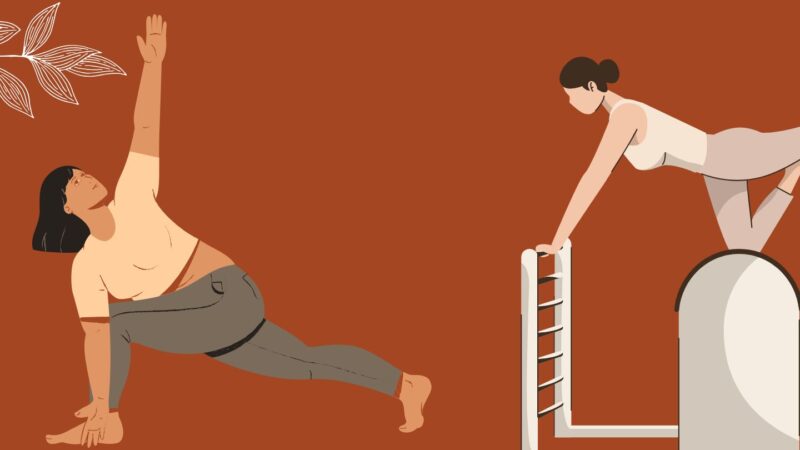
Pilates and yoga bring different strengths to the table, and the better option comes down to what the body and mind require.
Trying both could provide a well-rounded approach to health, combining physical discipline with mental clarity.
Tuning in to personal feedback and staying consistent holds more value than choosing one practice over the other.
Related Posts:
- Cardio vs. Yoga - Which is Better for Mental Health…
- Is Your Prescription Interfering With Your Fitness Goals?
- Treadmill vs Running Outside - Which is Better for…
- How to Calculate Daily Nutrition Based on Your Fitness Goals
- Hammer Curls vs. Bicep Curls - Which is Better for You?
- Split Squats vs. Lunges - Which is Better for You?




